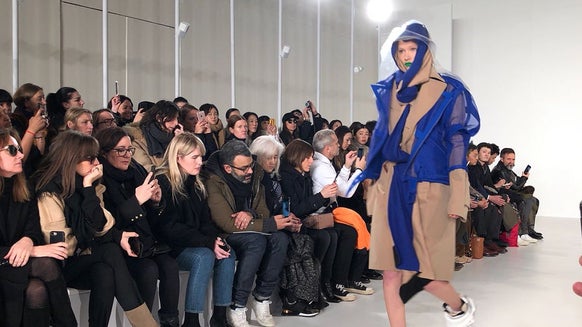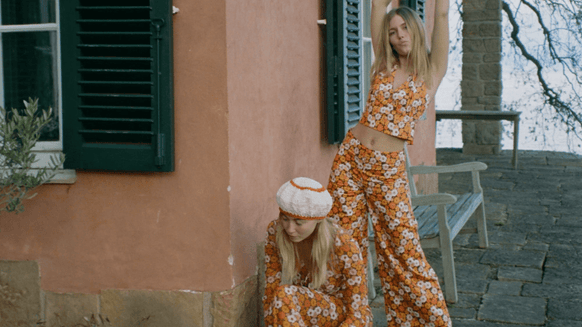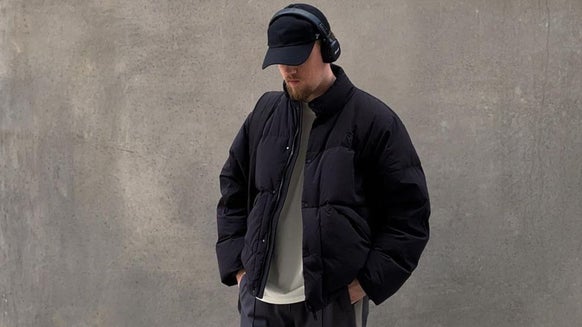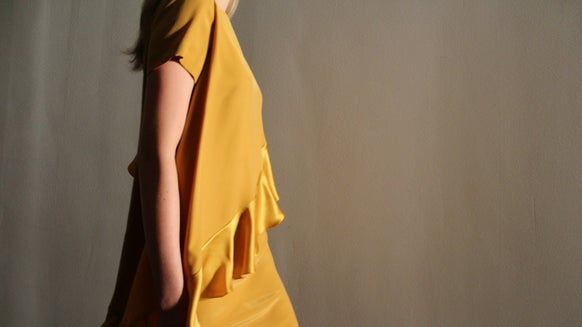Mona Hatoum
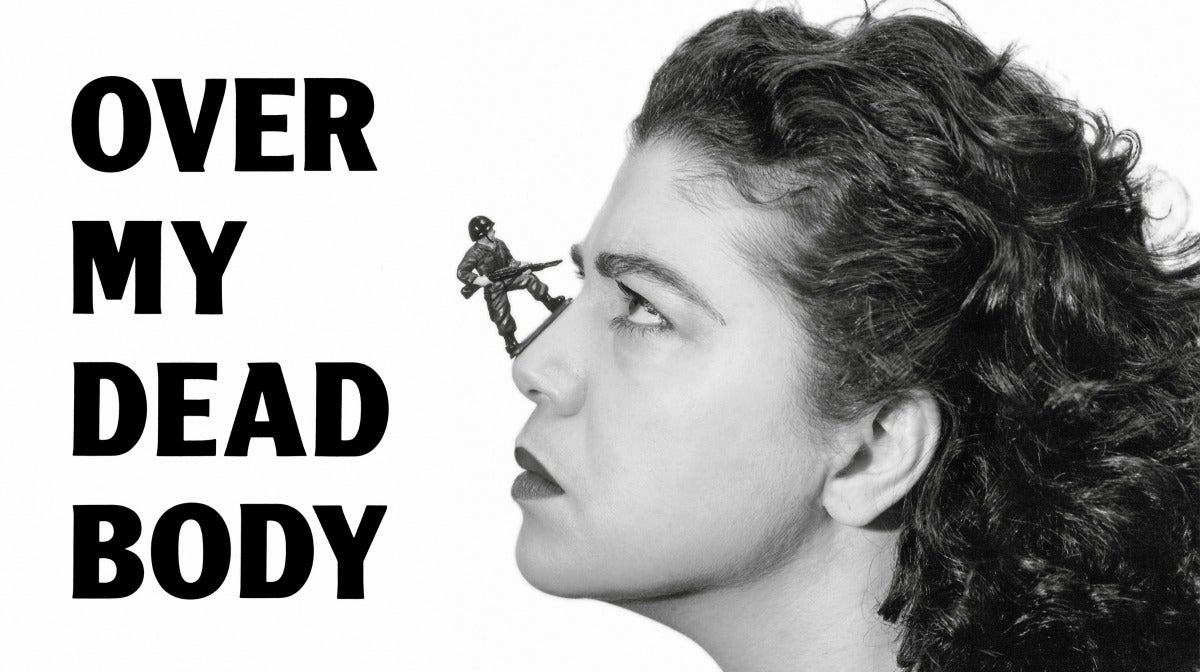
In 1975 when Beirut-born Mona Hatoum was on holiday in London, civil war broke out in Lebanon and the capital city’s airport closed for nine months. The 23-year-old found herself in Britain on her own without her family, but it ended up being the beginning of a long and illustrious art career.

In 1981, Hatoum graduated from the Slade School of Fine Art in London, becoming known for her performances and video pieces that were used to explore the fragility and strength of the human body under duress. Most notable was Performance Still in 1985 which saw the artist walking barefoot through Brixton, a pair of Dr. Martens tied to her ankles by the laces. She also explored family, displacement and female sexuality in a video made up of photographs of her mother showering, as well as letters from her during a time of conflict in Lebanon – using them to show a personal view of the war and the effects it had on both her and her family.
By the late ‘80s she moved away from performances and video, instead creating sculptures and installations, leading her to be nominated for the Turner Prize in 1995 – beaten to the award by Damien Hirst. Despite her long career, the first major survey of Hatoum’s work in the UK is only now showing in an exhibition at Tate Modern, covering all 35 years’ worth of her work.
Blending beauty with horror and everyday objects with disturbing elements, Hatoum evokes a sense of familiarity, revulsion and fascination in everything she creates. Born to Palestinian parents, she often draws on her roots in her work – from the Murano glass sculptures of hand grenades in Natura morta (medical cabinet) in 2012, to Light Sentence in 1992; an enclosure of mesh wire lockers that symbolise confinement and disorientation. Entrapment is a running theme, with Hatoum often focusing on the social and political restrictions that are placed on people in modern society.



The exhibition, organised by the Centre Pompidou, will be at Tate Modern until 21 August 2016. For more information, visit the Tate

